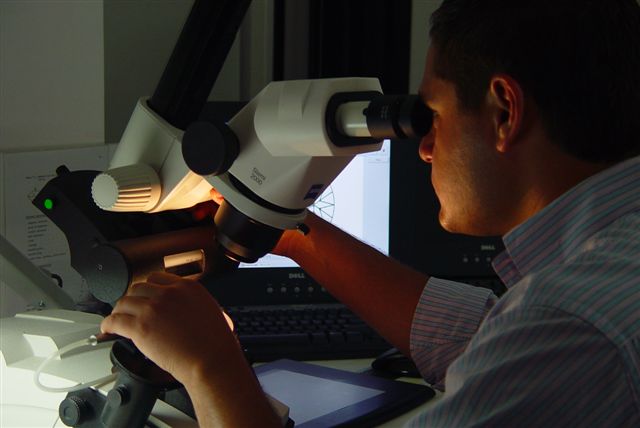The Science, Art, and Profession of Evaluating Gemstones
Gemmology is the scientific study of gemstones, encompassing their identification, evaluation, grading, and authentication. It is both an art and a science, requiring technical expertise, practical skill, and an eye for beauty. While diamonds are a major focus of gemmology, the field also includes coloured gemstones such as rubies, sapphires, emeralds, and other precious and semi-precious stones.
Key Aspects of Gemmology
1. Scientific Foundation
Gemmology is rooted in the study of crystallography, mineralogy, and optics. Key scientific principles include:
Chemical Composition: Each gemstone has a unique chemical structure; for example, diamonds are composed of pure carbon, while sapphires and rubies are varieties of corundum (Al₂O₃).
Crystal Structure: Gemstones have distinct crystal systems (e.g., cubic for diamonds, hexagonal for sapphires).
Optical Properties: Refraction, dispersion, and birefringence affect a gemstone’s brilliance and colour.
Hardness & Durability: Measured on the Mohs scale, where diamonds rank at 10, making them the hardest natural substance.
2. Identification of Gemstones
A gemmologist’s primary role is to accurately identify gemstones and differentiate natural stones from synthetics or imitations. Methods include:
Microscopic Examination: Identifies inclusions, growth patterns, and treatments.
Refractive Index (RI) Testing: Measures how light bends through a gemstone.
Spectroscopy: Analyses light absorption to determine chemical composition.
UV Fluorescence: Helps distinguish natural from treated or synthetic stones.
Specific Gravity (SG) Testing: Determines gemstone density.
3. Diamond & Gemstone Grading
Gemmologists follow internationally recognised grading systems, such as:
The 4 Cs for Diamonds:
Carat Weight – Size of the diamond.
Cut – Quality of faceting, affecting brilliance.
Colour – Rated from D (colourless) to Z (yellow/brown).
Clarity – Measures internal and external flaws.
Coloured Gemstones Grading:
Hue (basic colour, e.g., blue, green, red).
Tone (lightness or darkness of the colour).
Saturation (intensity and purity of the colour).
4. Treatment & Enhancement Detection
Many gemstones undergo treatments to improve their appearance. A gemmologist must identify enhancements such as:
Heat treatment (common in sapphires and rubies).
Irradiation (used in topaz and diamonds).
Fracture filling (glass-filled rubies or laser-treated diamonds).
5. Synthetic & Imitation Gemstones
With technological advances, synthetic gemstones (lab-created but chemically identical to natural ones) are becoming more prevalent. Some methods used in synthetic diamond production include:
HPHT (High Pressure High Temperature)
CVD (Chemical Vapour Deposition)
A gemmologist must distinguish these from natural diamonds using advanced spectroscopy, UV fluorescence, and growth pattern analysis.
The Role of a Professional Gemmologist
Gemmologists work in various fields, including:
Jewellery Industry: Evaluating gemstones for jewellery design and valuation.
Laboratories & Certification: Providing official grading reports (e.g., GIA, DCLA).
Auction Houses & Appraisal: Valuing gemstones for resale, investment, or insurance purposes.
Mining & Sourcing: Identifying raw gemstones at the source.
Education & Research: Advancing the field through scientific studies.
Gemmology is a multifaceted discipline that blends science, artistry, and expertise to assess and value gemstones. As the industry evolves, with increasing synthetic production and new treatment methods, the role of a skilled gemmologist remains vital in ensuring the integrity of the gemstone market.
